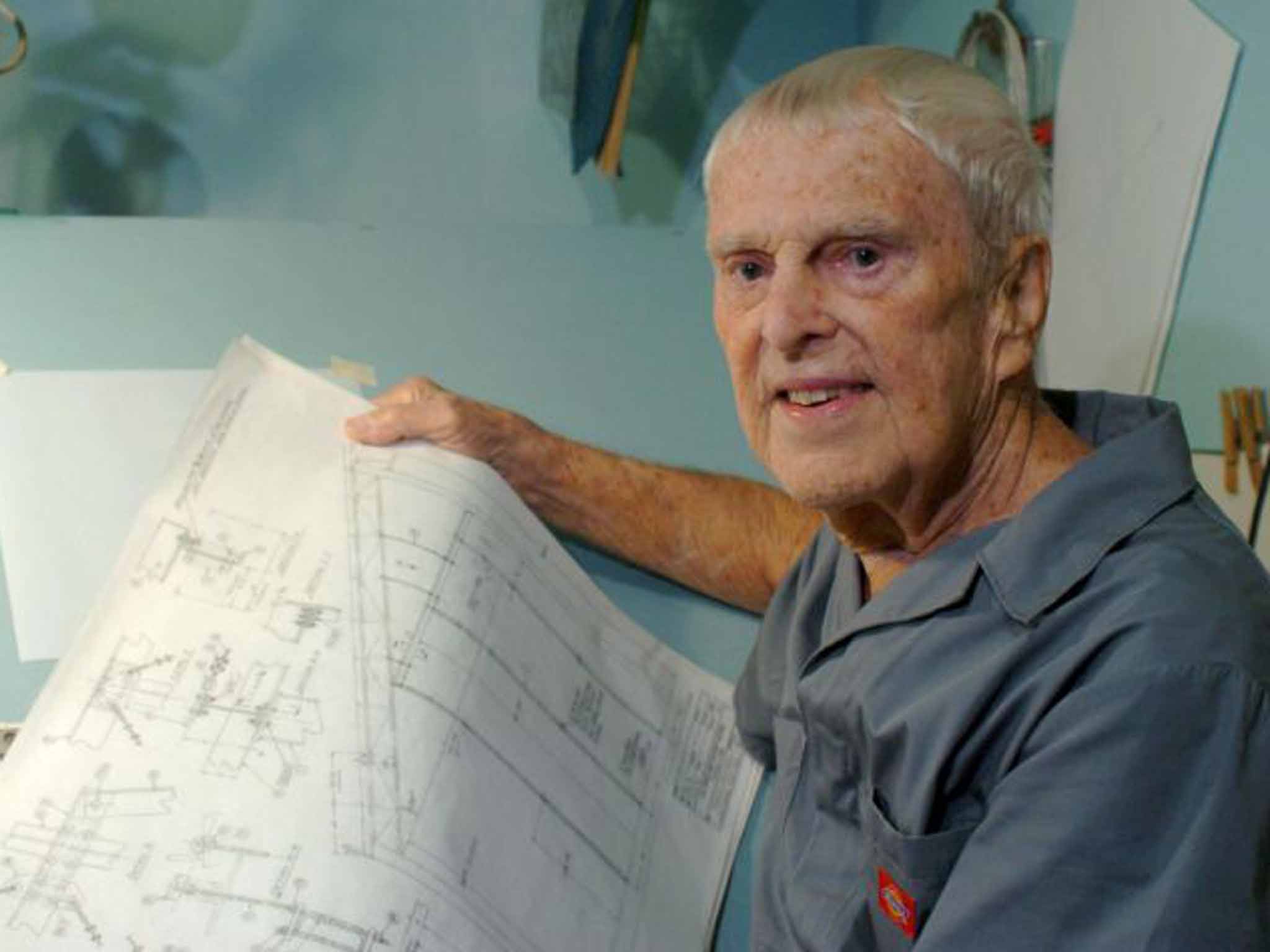Oscar Holderer: Rocket engineer who left Germany for the US after the war and went on to help put man on the moon
In retirement he converted a jetliner into a theatre for Nasa's space museum in Alabama

Oscar Holderer was one of the last-known surviving members of the German engineering team that went to the US after the Second World War and designed the rocket that took astronauts to the moon.
Holderer travelled to the US in 1945 with a group of engineers led by Wernher von Braun as part of "Operation Paperclip", the project that transferred technology for the German V-2 to the US. "He brought our first rocket wind tunnel in this country from Germany and personally set it up," said Ed Buckbee, a space historian and former Nasa publicist.
The Soviets had captured the German rocket factory at Peenemünde, but von Braun and more than 120 fellow scientists surrendered to the US. First based at White Sands, New Mexico, the team moved in 1950 to north Alabama's Redstone Arsenal, where they used early computers, slide rules and pencils to design the Saturn V rocket that first took astronauts to the lunar surface in 1969.
A mechanical engineer and designer, Holderer – who became a US citizen in 1955 – designed the high-speed wind tunnel that was used to develop Saturn and then oversaw its construction at Nasa's Marshall Space Flight Centre at Redstone. He also designed the space programme's multi-axis trainer, 5DF, and a one-sixth gravity chair which is still in use at Nasa's Space and Rocket Centre in Huntsville, Alabama. "He was one of the more hands-on members of the team," said his son, Michael Holderer. "He had his own machine shop here in town as a hobby."
A few years after the war, attention began to focus on the wartime activities of some of von Braun's team, particularly the use of slave labour in the V-2 factories. In the early 1980s Arthur Rudolph, former chief engineer at Peenemünde who played a key role on Saturn V, was forced to renounce his US citizenship and go back to Germany. Holderer, however, never faced questions over his Nazi connections or wartime role and always maintained that he was proud to be an American. "He was just never at that level of supervision," Buckbee said.
Following his retirement from Nasa in 1974, Holderer built training devices that are still in use at the Marshall Space Flight Center in Huntsville. He also converted the tail section of a jetliner into a small theatre for the space museum. "They would tilt it back to simulate acceleration," his son recalled.
Oscar Carl Holderer, rocket scientist: born Prüm, Germany 1 November 1919; twice married (two sons, and two stepchildren); died Huntsville, Alabama 5 May 2015.
Subscribe to Independent Premium to bookmark this article
Want to bookmark your favourite articles and stories to read or reference later? Start your Independent Premium subscription today.

Join our commenting forum
Join thought-provoking conversations, follow other Independent readers and see their replies